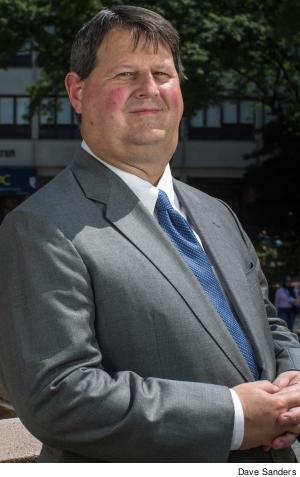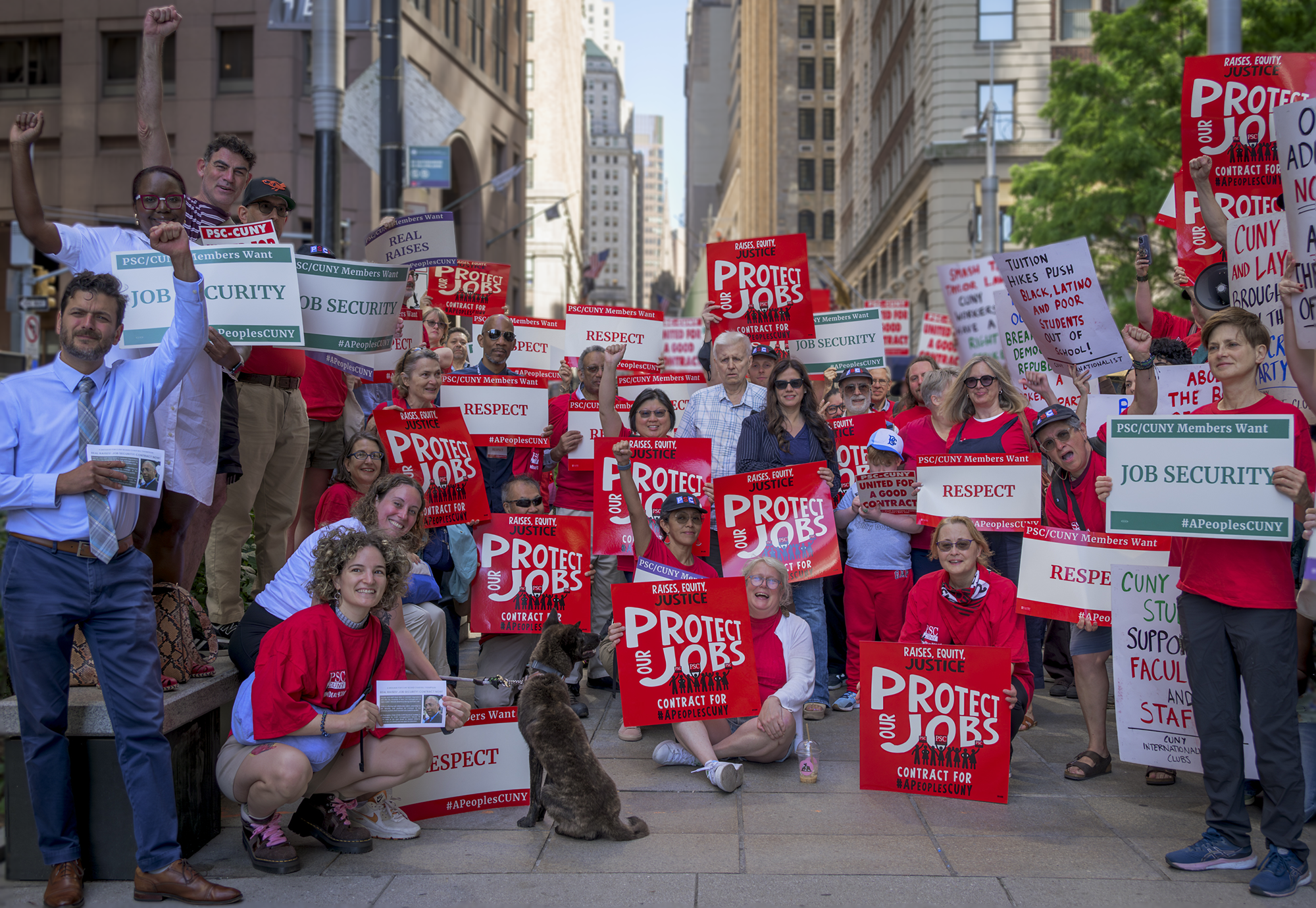The emails can be flattering. An academic journal with an important-sounding name (Journal of Comprehensive Research, say, or Academy of Social Science Journal) wants to publish your work. Maybe they even want to make you into an “editor.” There are “Nobel Laureates” on the board, the email boasts. Perhaps this august-sounding publication is even inviting you to a conference in Hong Kong, Hyderabad or someplace else you’ve always wanted to visit.
Get informed before you hit reply – there’s a good chance the journal is a fake.
Predatory academic journals have become widespread, according to Jeffrey Beall, scholarly communications librarian at the University of Colorado, Denver. Beall has been tracking and writing about the problem for the past decade. If a journal demands payment from the author, deviates from scholarly norms such as peer review, shows a lack of transparency about its operations or uses any kind of deception to ensnare authors, it could be a scam, said Beall. Stressed-out academics’ careers depend on being able to claim they’ve published a certain number of articles; this creates a market for predators.
A 2015 study by Finnish scholars Cenyu Shen and Bo-Christer Björk, published in BioMed Central, an open-access peer-reviewed medical journal, found that in 2014 some 8,000 predatory journals published an estimated 420,000 articles, a dramatic spike from about 53,000 in 2010.
BIG CASH
What motivates these publishers? Money. As numerous cases show, a journal sends a query to an academic, the academic says yes, writes and edits a paper and, upon acceptance, the journal editor requires the author to pay a fee. A lot of times this trick works, in large part because there are also legitimate journals that require the same kind of fees.
For Beall, predatory journals are “the biggest threat to scientific knowledge since the Inquisition.” Asked to elaborate on that in a Clarion interview, he explained that fake journals have enabled people with “non-scientific agendas, like anti-vaccine campaigners and climate denialists” to publish papers that wouldn’t pass a peer review process. Even “9/11 was an inside job” conspiracy theorists have taken advantage of unscrupulous publishers to lend their ideas a veneer of empiricism.
In addition to undermining scholarly standards, predatory journals also take advantage of confused young scholars, who may be unfamiliar with traditional journal submission processes. Academics for whom English is not a first language may be particularly vulnerable (people fluent in the language might suspect that Journal of College and University might be fraudulent).
 |
At CUNY, the issue affects scholarship, said Edmund Clingan, history professor and PSC chapter chair at Queensborough Community College (QCC). Some professors in the science departments at QCC have reported that their colleagues have been promoted and received grants on the strength of CVs that include publications in dubious journals. Meanwhile, said Clingan, some of his members who have avoided these journals “haven’t been promoted, have been shoved aside.”
LARGER STUDIES
PSC members have plenty of company beyond CUNY. Derek Pyne, an associate professor of economics at Thompson Rivers University, a small business school in British Columbia, Canada, studied the phenomenon among his colleagues. Not only did he find that most had published in predatory journals, he also found that those who did so were rewarded, making higher salaries and receiving more internal grants from the university than those who stuck to traditional peer-reviewed journals.
Tenure committee members seeking to evaluate the legitimacy of a colleague’s journal publications will find that earlier this year, one resource for doing so disappeared. For years, Beall maintained an online list of suspected predatory journals, but recently “felt pressure” from his university to stop doing so. He declined to elaborate, but said, “Unfortunately, we don’t have a union.” Earlier this year, Inside Higher Ed reported that both external threats and internal politics on his campus forced him to cease operations.
Nevertheless, much of Beall’s investigation remains on the record and in the public domain. It’s still possible to find Beall’s list online, but, with no active curator, there is no way of knowing whether it’s up to date. Cabell’s International, a publishing company based in Texas, publishes a similar list, but it is available only by paid subscription. (Beall’s list was free. He said he can’t judge Cabell’s list, noting with rueful amusement, “My university doesn’t subscribe to the product.”)
OPEN ACCESS
Beall attributes the rise of predatory journals to the growth of open- access publishing, arguing that when open-access journals pass the cost of providing free content along to the author, as some do, they have an incentive to accept as many articles as possible. (He is quick to add, however, that there are ethical and peer-reviewed open-access journals.)
Emily Drabinski, coordinator of library instruction at Brooklyn’s Long Island University and a prominent advocate of open-access publishing, bristles at this equation. “We want open access because the cost of journals is predatory. Open access is about how you access it, not about the quality,” she said.
Beall has also tangled with his fellow librarians over what some see as his list’s pro-Western bias: many of the fake journals he includes are located in Asia. Asked about this issue, Beall said he has applied “the same criteria” to all journals, regardless of geography, and many predatory journals are located in Asia. Indeed, more than a quarter of predatory journals are published in India, while almost 12 percent are based elsewhere in Asia.
Drabinski, for her part, fears that the way this problem is discussed can stigmatize legitimate scholarship outside the West: “The panic around predatory journals makes people suspicious of any journal from the global South,” she said.
Looking at the numbers in Shen and Björk’s study, however, what’s much more striking than the publishers’ countries or continents of origin is how many of the authors are from the global South. Fewer than 10 percent from the United States, suggesting that the problem may affect faculty in the global South even more than it does faculty in the U.S. In much of the global South, academics are pressured to publish in “international” publications (meaning, journals in which US academics also publish), yet there is not much oversight of the quality of these journals. Like the pressure on Western academics to simply publish regardless of quality, such expectations create a market for unprincipled actors and are driving the boom in fake journals.
“The problem isn’t India,” Drabinski said. “The problem is metrics.”
CUNY RESPONDS
For its part, the CUNY administration has been helpful in alerting faculty about the issue. In one dispatch to members, the administration advised faculty on how to verify a journal’s legitimacy. Does the journal provide full contact and mailing information? If it only has a web contact form, be suspicious. If the journal lists noted academics on the editorial board, reach out to those people for verification. Look for a peer-review policy on the journal’s website. Contact the journal’s authors to see what they think.
As Clingan said, “We need to take a careful look at this.”

